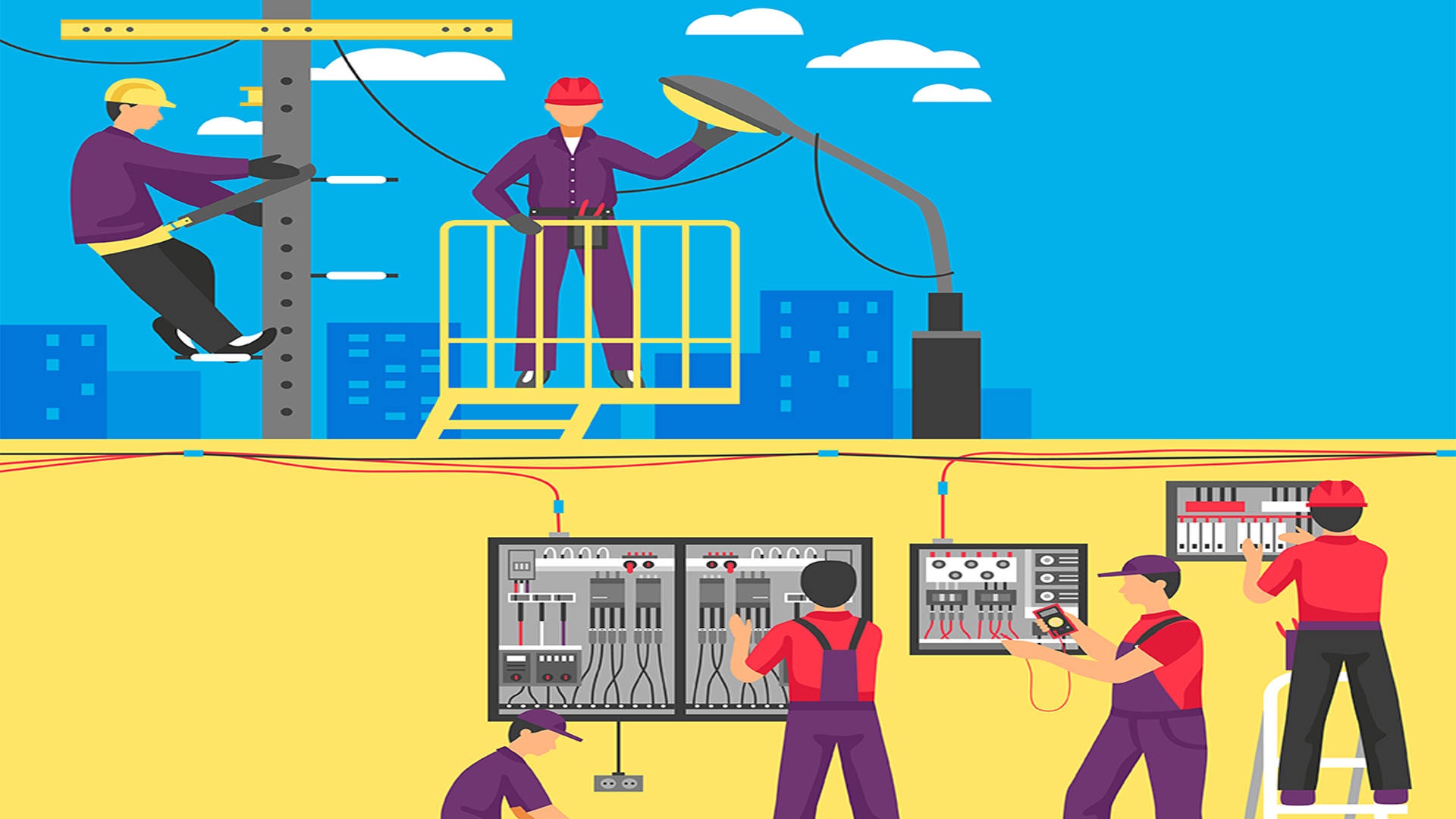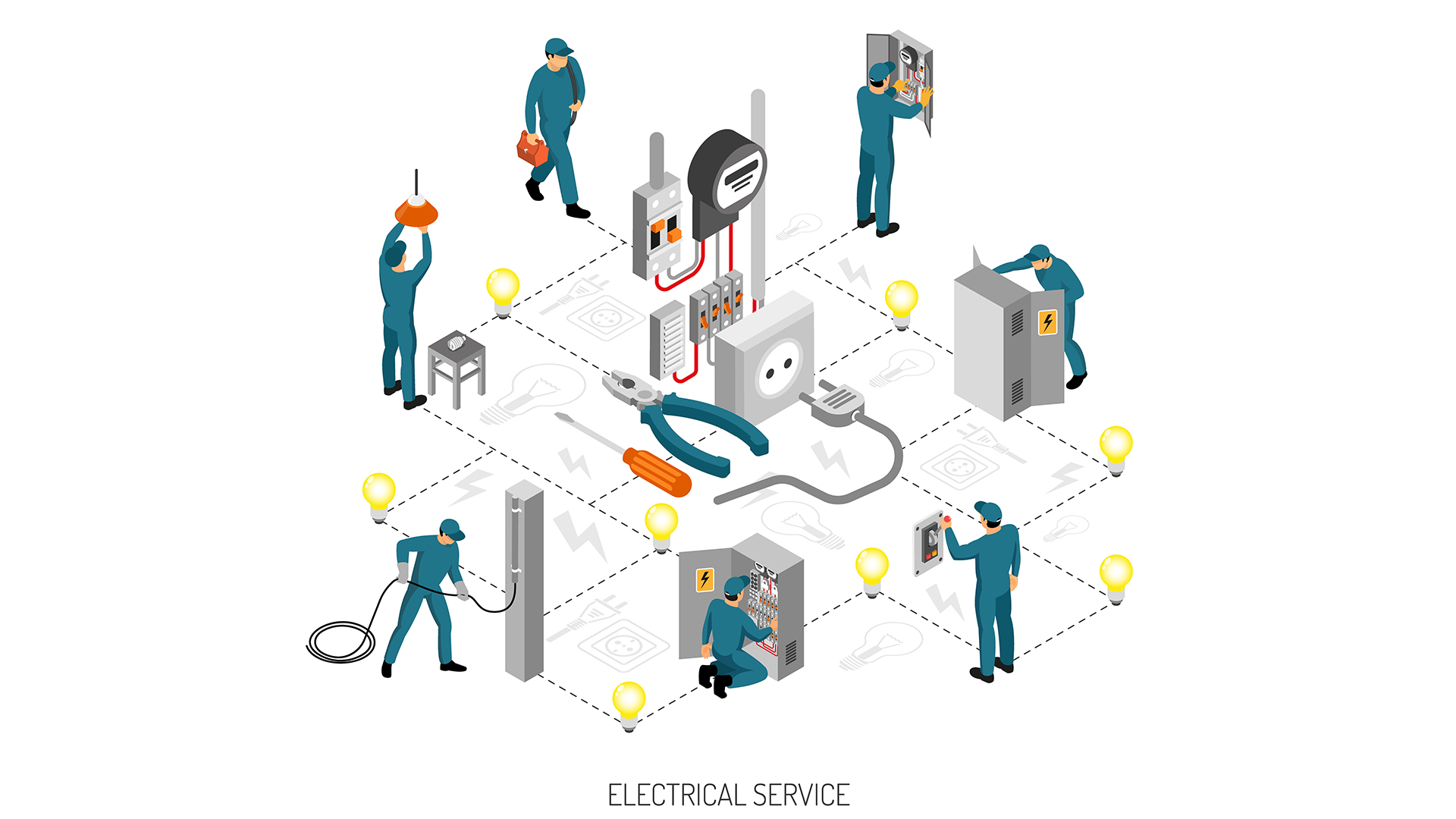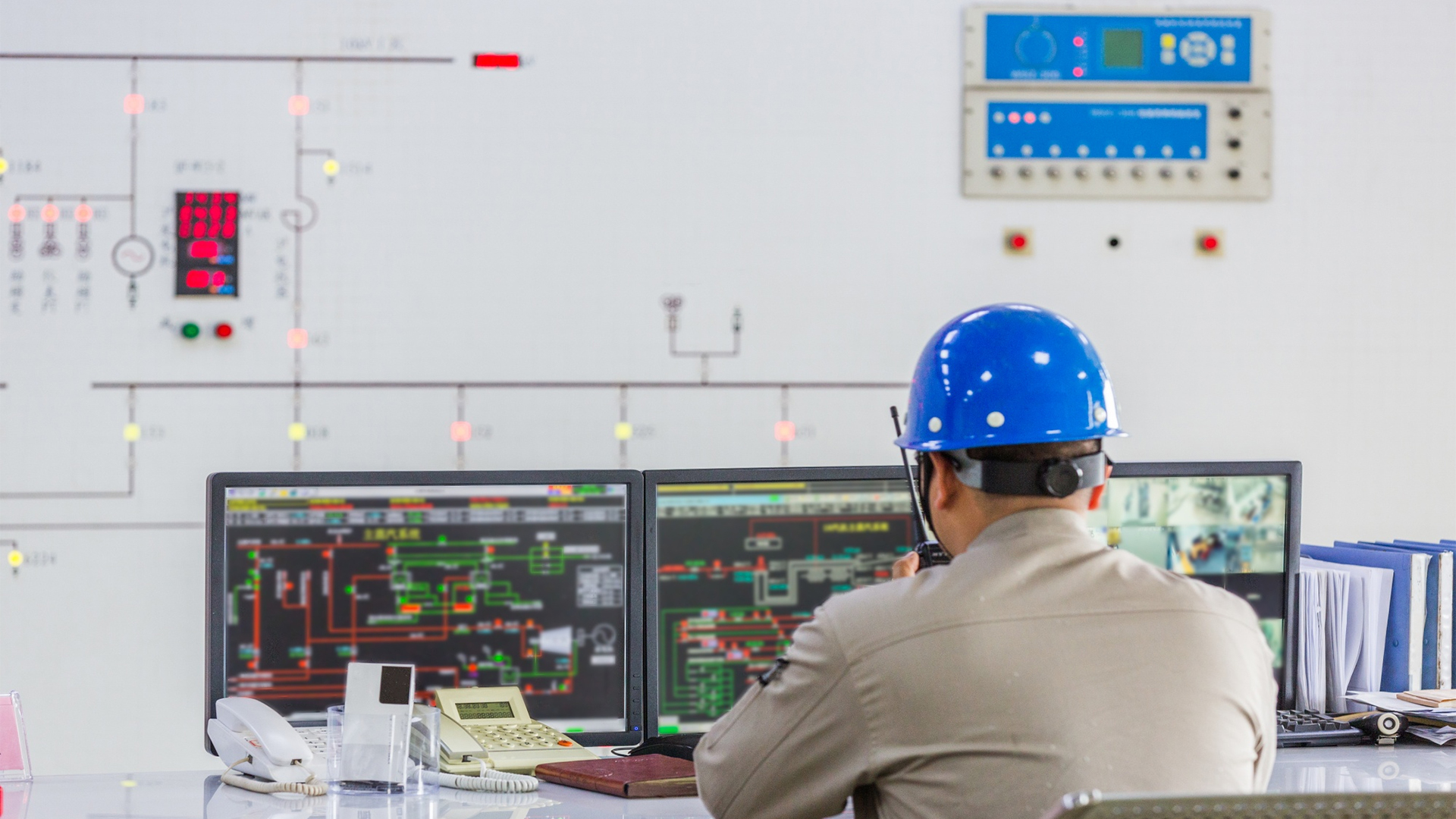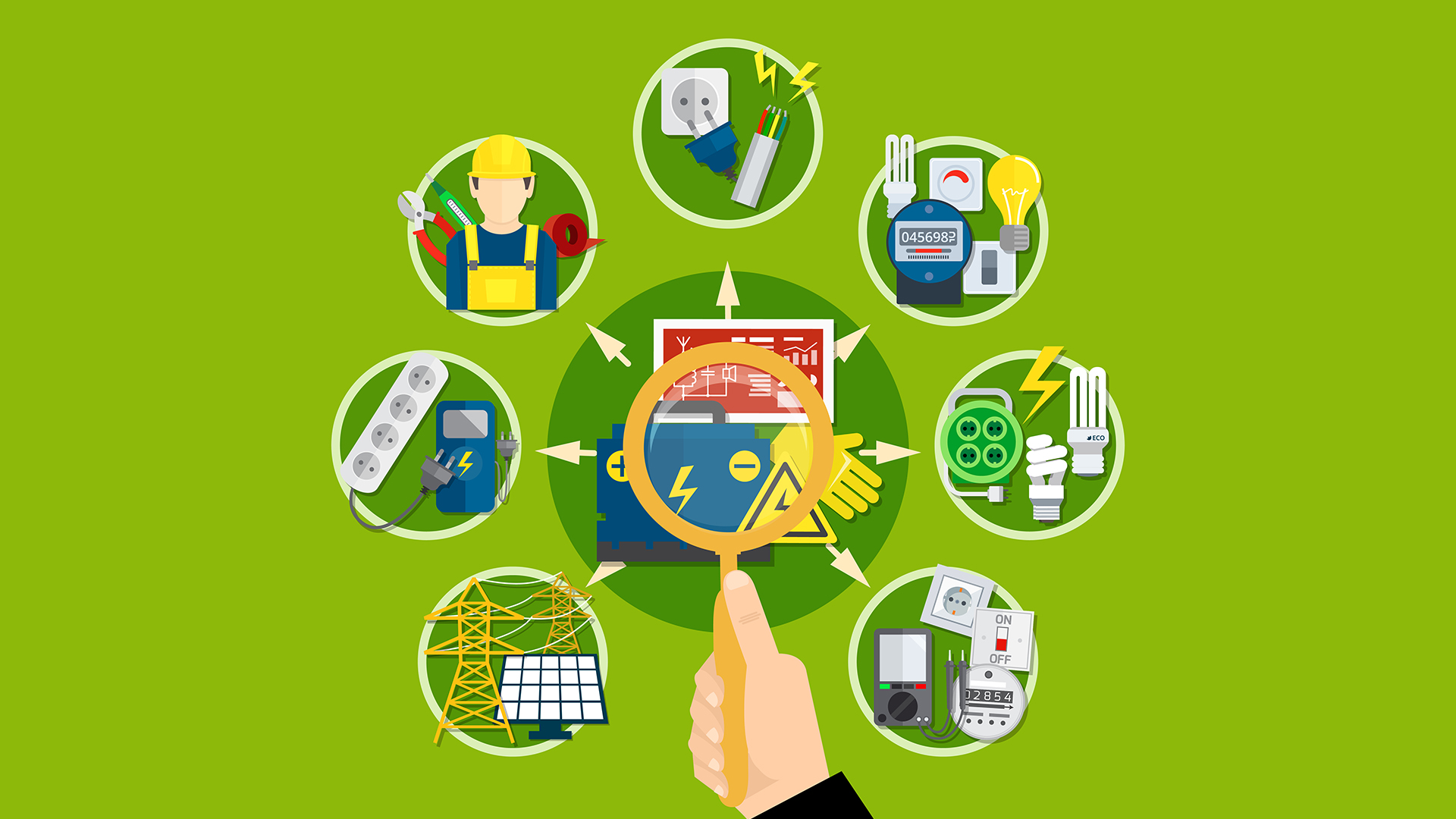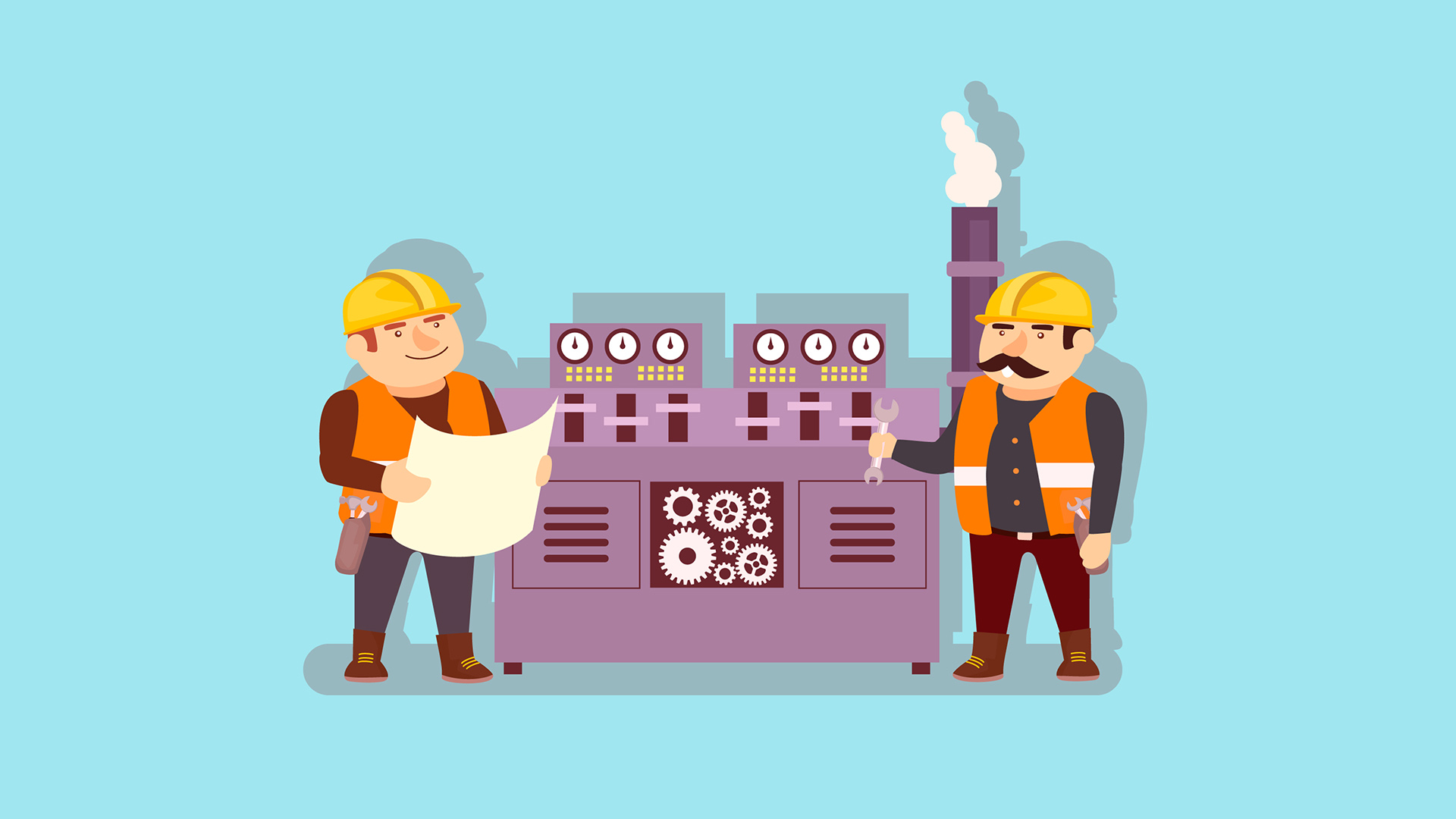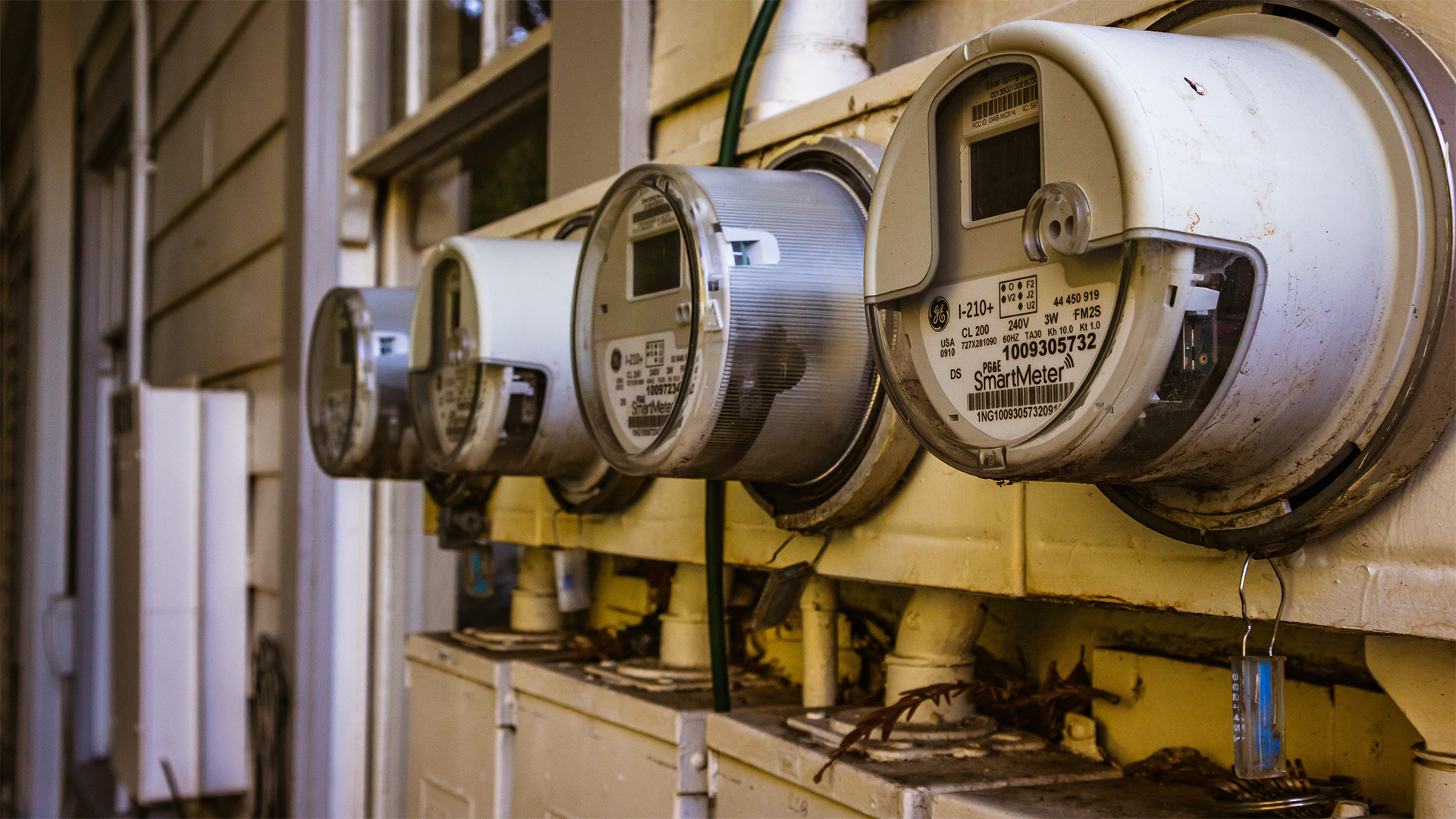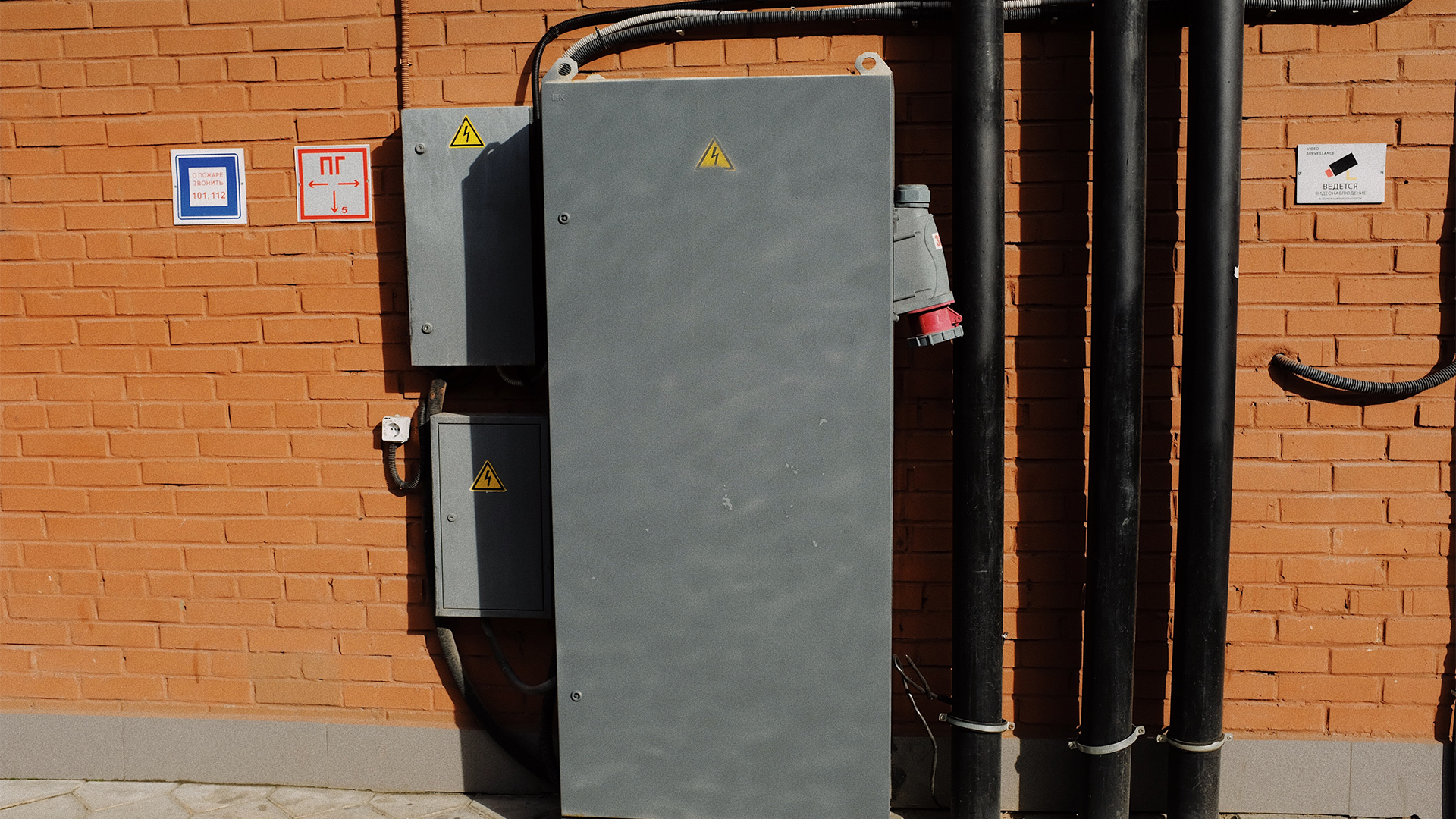
Decode Electrical Engineering Fundamentals
Course overview
To effectively use electrical energy and operate electrical equipment, an understanding of electrical engineering is currently required. Like oil, electricity cannot be mined from the ground or taken from the air. By using primary energy sources like coal, natural gas, or nuclear processes, it is a secondary source of energy that is created.
Electricity is a secondary source, but it is so crucial to life that its supply and demand are frequently studied independently of the fundamental sources that are used to create it. Understanding how electricity “works” and being able to specify equipment that uses electricity can be difficult for many non-electrical engineers (civil, mechanical, structural, fire protection, and other electrical specialists).
What benefits are promised by this “Electrical Engineering for Non-Electrical Engineers” course? This seminar examined the functioning principles of certain widely used electrical devices as well as the key elements of electrical engineering that non-electrical engineers need to comprehend the field.
Safety practices that are crucial for non-electrical engineers will also be evaluated, along with fundamental concepts for safeguarding electrical components and human operators.
With the help of this Training Bee course, you will gain a thorough understanding of electrical engineering in a clear, understandable manner. Additionally, it will assist you in gaining practical knowledge of the fundamental concepts of electrical engineering as well as the most important ideas and methods.
Introduction
Electrical substations and switchyards, which serve as the foundation of our contemporary power networks, are essential for transporting and distributing electricity from generation sources to end customers. To guarantee an uninterrupted power supply, protect people, and preserve the environment, these crucial facilities need to be carefully designed, adhere to safety regulations, and undergo routine maintenance.
We will explore the fundamental ideas and industry-recognized standards for electrical substation and switchyard engineering in this course. This trip will provide you with the necessary information and abilities to thrive in substation design, operation, and maintenance, regardless of whether you are a budding electrical engineer, an experienced professional, or someone else looking to expand their knowledge in this area.
We are The Training Bee, a global training and education firm providing services in many countries. We are specialized in capacity building and talent development solutions for individuals and organizations, with our highly customized programs and training sessions.
Learning Objectives
Upon completing Fundamentals of Electrical Substation and Switchyard Design, Safety and Maintenance, participants will be able to:
- Being aware of the fundamental functions of electrical substations and switchyards
- Defining many electrical substation and switchyard types
- Understanding many aspects of electrical substation and switchyard design
- Learning the fundamental laws and regulations that govern the production, delivery, and use of electricity
- Recognizing and using important machinery utilized in switchyards and substations
- Instruction in various switchyard equipment arrangement possibilities
- Analyzing lightning protection strategies and earthing techniques for switchyards
- Utilizing real-world examples and case studies to design their switchyard resources
Our Unique Training Methodology
This interactive course comprises the following training methods:
- Journaling – This consists of setting a timer and letting your thoughts flow, unedited and unscripted recording events, ideas, and thoughts over a while, related to the topic.
- Social learning – Information and expertise exchanged amongst peers via computer-based technologies and interactive conversations including Blogging, instant messaging, and forums for debate in groups.
- Project-based learning
- Mind mapping and brainstorming – A session will be carried out between participants to uncover unique ideas, thoughts, and opinions having a quality discussion.
- Interactive sessions – The course will use informative lectures to introduce key concepts and theories related to the topic.
- Presentations – Participants will be presented with multimedia tools such as videos and graphics to enhance learning. These will be delivered engagingly and interactively.
Training Medium
This Fundamentals of Electrical Substation and Switchyard Design, Safety and Maintenance training is designed in a way that it can be delivered face-to-face and virtually.
Course Duration
This training is versatile in its delivery. The training can be delivered as a full-fledged 40-hour training program or a 15- hours crash course covering 5 hours of content each day over 3 days
Pre-course Assessment
Before you enroll in this course all we wanted to know is your exact mindset and your way of thinking.
For that, we have designed this questionnaire attached below.
- Give an explanation of an electrical substation’s main purpose in an electrical power system.
- List the essential elements that are normally included in a high-voltage switchyard and explain each element’s function.
- What safety precautions should you take when working near electrical substations and switchyards? List at least five safety precautions.
- Explain the significance of grounding and bonding in electrical substations and switchyards, as well as how they ensure system integrity and safety.
- Identify the key distinctions between a gas-insulated substation (GIS) and an air-insulated substation (AIS), as well as their benefits and drawbacks.
- Describe the idea of relay protection in electrical substations and how it helps to ensure the safety and dependability of the system.
Course Modules
This Fundamentals of Electrical Substation and Switchyard Design, Safety and Maintenance cover the following topics for understanding the essentials of the Agile Workplace:
Module 1 – A NETWORK’S SUBSTATIONS PLAY IN ELECTRICAL PROPERTIES
- A description of networks
- Varying voltages inside a network
- Substation types and setups
- Optimizing a substation’s location
- Indoor, outdoor, and GIS substations
Module 2 – A REVIEW OF SWITCHYARD TECHNOLOGY AND ITS SPECIFICATIONS
- The impact of sectional and security clearances on the plan.
- Bus bar (strung/tubular) design and equipment connectivity.
- Using marshaling kiosks and connecting connections.
Module 3 – DESIGN FOR PROTECTION OF SUBSTATION
- A synopsis of protection
- Coordinating of protection
- Safeguarding transformers
- Bus bar security
- Feeder security
Module 4 – SUBSTATION HARMLESSING EQUIPMENT
- Compensators for static VAR
- Acoustic filters
- Limiting faults in reactors
- Equipment for power factor compensation
- Equipment ratings and design
- The configuration of the equipment in a switchyard
Module 5 – SWITCHARDS’ PROTECTION FROM LIGHTNING UNDER THE EARTH’S SYSTEM
- Basics of protective and functional earthing
- Substation touch and step voltages
- The switchyard fence’s significance to the earth grid
- Near the operational places, safety mesh
- What the earth grid’s conductor sizes and mesh spacing are used for
- The function of lightning masts and shield wire
Module 6 – SWITCHYARD INTERLOCKING AND CONTROL
- Configuration and specifications of DC equipment
- DC supply for switchyard machinery
- Planning the space and associated infrastructure for the installation of batteries to provide AC auxiliary power for switchyard loads and systems
- Options for sources
Module 7 – Planning for facilities at Swift yard
- Preparing the site and leveling
- Measures of earth resistance and their significance in switchyard design verification
- Civil engineering structures such transformer oil collecting pits, cable trenches, control buildings, and equipment groundwork’s
- Switchyard buildings and the requirements for their design
- Substation security measures and a fence
Post-course Assessment
Participants need to complete an assessment post-course completion so our mentors will get to know their understanding of the course. A mentor will also have interrogative conversations with participants and provide valuable feedback.
- Write a brief summary of the electrical substations’ and switchyards’ primary responsibilities within an electrical power system.
- Discuss the relevance of electrical substation clearance regulations and safety distances as well as the effects they have on worker safety.
- Describe the significance of performing routine maintenance and inspection tasks at electrical substations and switchyards. What possible repercussions may result from skipping these tasks?
- Compare and contrast the benefits and drawbacks of various switchyard layouts, including the radial, ring, and breaker-and-a-half designs.
- Outline the essential stages required in commissioning a new electrical substation, emphasizing the safety precautions and procedures that must be observed.
- Discuss the advantages of a “substation automation system” in terms of control, observation, and safety.
Lessons Learned
Safety comes first: The most important lesson is that when working in electrical substations and switchyards, safety must always come first. To minimize accidents and guarantee employee safety, it is essential to observe safety standards, maintain appropriate clearances, and adhere to safety practices.
Maintenance and System Reliability: To guarantee the dependability and lifespan of electrical substations and switchyards, regular maintenance and inspections are essential. Preventing unexpected breakdowns and identifying possible problems early on are two benefits of proactive maintenance practices.
Clearances and Safety Distances: It is crucial to comprehend and follow safety distances and clearance criteria in order to protect employees from electrical risks. There may be serious repercussions if these rules are not followed.
Environmental Considerations: As the world turns its attention to sustainability and environmental responsibility, it is becoming more and more crucial to build and run substations with an eye towards the environment. For a sustainable future, substation environmental effect must be reduced.
Substation Automation: Substation automation systems are essential for improving safety, control, and monitoring. The adoption of automation technology enhances overall effectiveness and response times in unusual circumstances.
“Fundamentals of Substation Navigation: Connecting Safety and Sustainability.”
